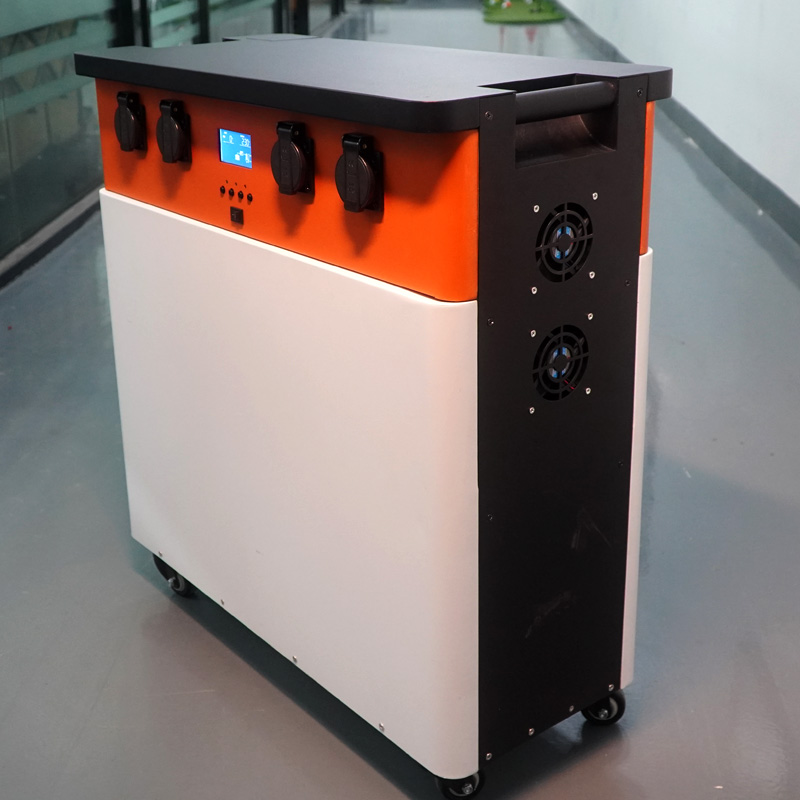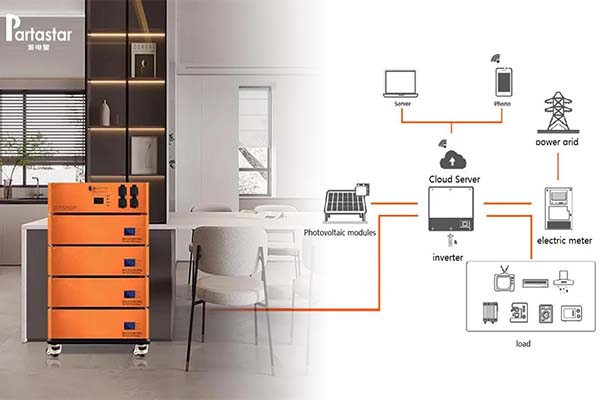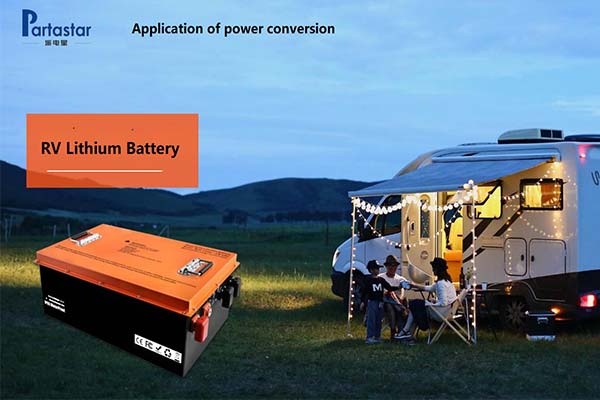Lithium battery power stations have gained significant popularity as portable and reliable power sources for various applications. These devices have become indispensable for outdoor enthusiasts, emergency preparedness, and off-grid power needs. A common question that arises among users is the lifespan of lithium battery power stations. In this article, we will explore the factors that influence the lifespan of these power stations, shedding light on their durability, longevity, and considerations for maximizing their lifespan.
Understanding Lithium Battery Power Stations
Lithium battery power stations, also known as portable power stations or solar generators, store electrical energy in lithium-ion batteries. These compact devices typically feature multiple output ports, including AC outlets, DC ports, and USB ports, allowing users to charge and power various devices simultaneously. Lithium-ion batteries are renowned for their high energy density, lightweight design, and ability to deliver consistent power over extended periods.
Factors Influencing Lifespan
1. Battery Chemistry and Quality: The chemistry and quality of the lithium-ion battery used in a power station are crucial determinants of its lifespan. High-quality batteries with advanced chemistries, such as lithium iron phosphate (LiFePO4), tend to have longer lifespans compared to other lithium-ion battery chemistries. It is important to consider power stations that utilize high-quality batteries from reputable manufacturers to ensure optimal durability and longevity.
2. Depth of Discharge (DoD): The depth of discharge refers to the amount of battery capacity utilized during each charging cycle. Lithium battery power stations typically have recommended DoD limits to maximize their lifespan. Operating within these limits, such as keeping the battery discharge above 20% or 30%, helps prevent excessive stress on the battery and extends its overall lifespan.
3. Charging and Discharging Cycles: The number of charging and discharging cycles a lithium battery power station undergoes affects its lifespan. A charging cycle refers to the process of charging the battery from a low state of charge to a full state of charge, while a discharging cycle refers to the process of using the stored energy until the battery reaches a low state of charge. Lithium-ion batteries have a finite number of cycles they can undergo before their capacity degrades. Power station manufacturers typically provide information on the expected number of cycles the battery can withstand before notable capacity loss occurs.
4. Operating Temperature Range: The operating temperature range greatly influences the lifespan of lithium battery power stations. Extreme temperatures, both hot and cold, can degrade battery performance and shorten its lifespan. Operating the power station within the recommended temperature range specified by the manufacturer ensures optimal battery performance and longevity.
5. Maintenance and Care: Proper maintenance and care can significantly impact the lifespan of lithium battery power stations. Regularly cleaning the power station, ensuring proper ventilation during use, and avoiding exposure to moisture or extreme environmental conditions can help preserve the battery's health. Additionally, following the manufacturer's guidelines for storage, charging, and maintenance practices is crucial in maximizing the lifespan of the power station.

Expected Lifespan and Degradation
The lifespan of a lithium battery power station can vary depending on the factors mentioned above. Generally, a well-maintained power station can last several years, typically ranging from 3 to 10 years, depending on usage patterns and environmental conditions. However, it is important to note that the capacity of the battery will gradually degrade over time. Most manufacturers specify the expected capacity retention of the battery after a certain number of cycles, typically around 80% or higher. As the battery capacity decreases, the runtime of the power station may be affected.
Maximizing Lifespan and Optimizing Performance
To maximize the lifespan of a lithium battery power station, consider the following tips:
1. Follow Manufacturer Guidelines: Adhere to the manufacturer's guidelines for usage, charging, and maintenance practices. This includes recommended DoD limits, temperature ranges, and storage instructions.
2. Avoid Overcharging and Over-Discharging: Avoid leaving the power station connected to a power source for prolonged periods after it reaches a full state of charge. Similarly, avoid discharging the battery to extremely low levels, as it can lead to irreversible capacity loss.
3. Store Properly: If the power station will not be used for an extended period, store it in a cool and dry place within the recommended temperature range specified by the manufacturer.
Ensure that the battery has a moderate state of charge (around 50%) before storage.
4. Firmware and Software Updates: Stay updated with firmware and software releases provided by the manufacturer. These updates often include optimizations and improvements that can enhance battery performance and longevity.
Lithium battery power stations offer portable and reliable power solutions for a range of applications. Understanding the factors that influence their lifespan is crucial for maximizing their durability and longevity. Factors such as battery chemistry, depth of discharge, charging and discharging cycles, operating temperature range, and proper maintenance significantly impact the lifespan of these power stations. By following manufacturer guidelines, avoiding overcharging and over-discharging, andimplementing proper storage and maintenance practices, users can extend the lifespan of their lithium battery power stations. While the expected lifespan of a power station can vary, with proper care and attention, these devices can provide reliable power for several years. By understanding the factors at play and taking proactive steps to optimize performance, users can ensure that their lithium battery power stations continue to deliver power when and where it is needed, making them a valuable investment for portable power needs.



